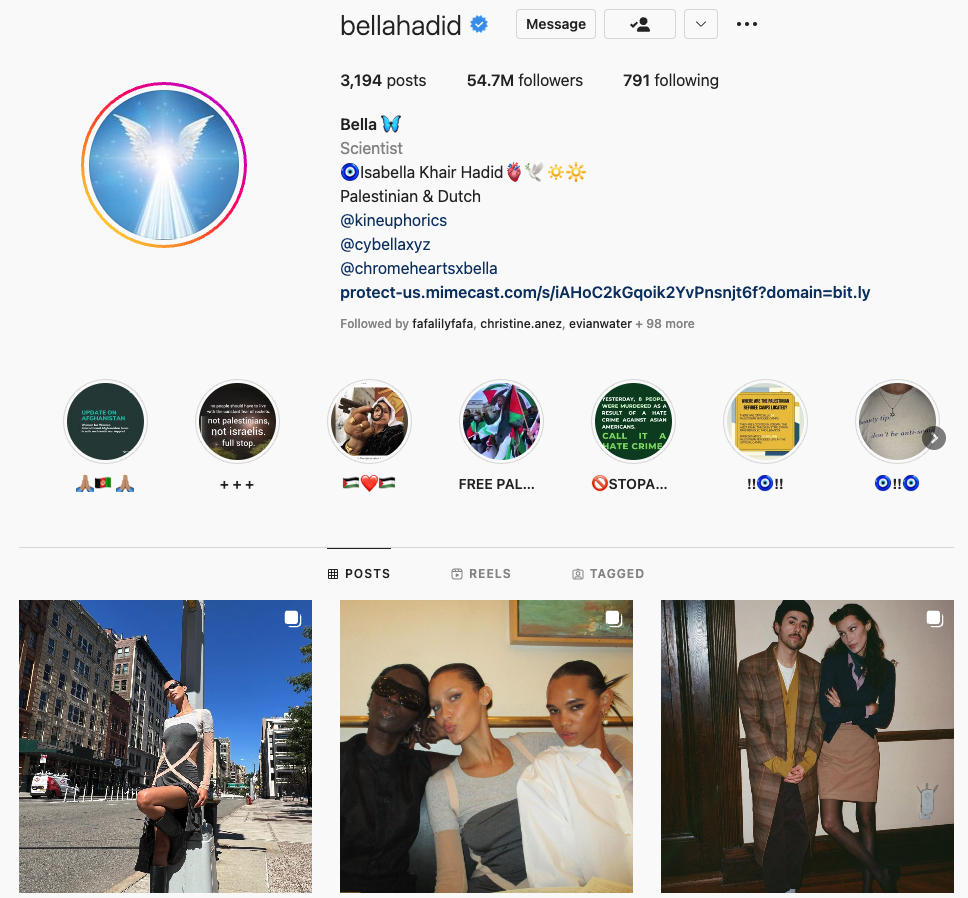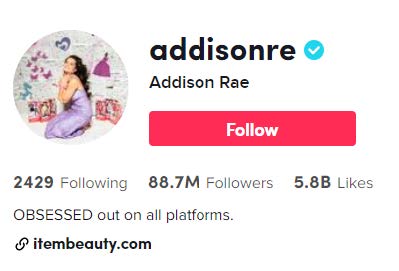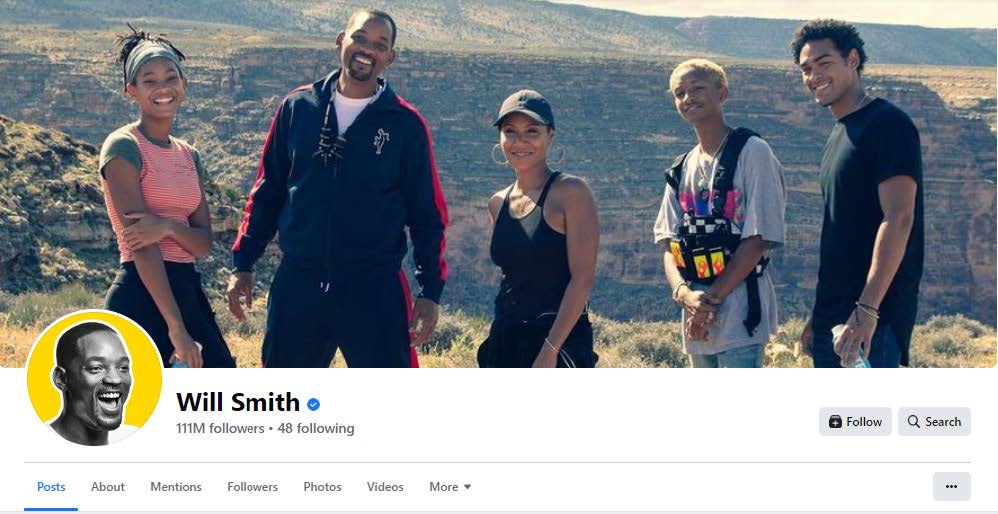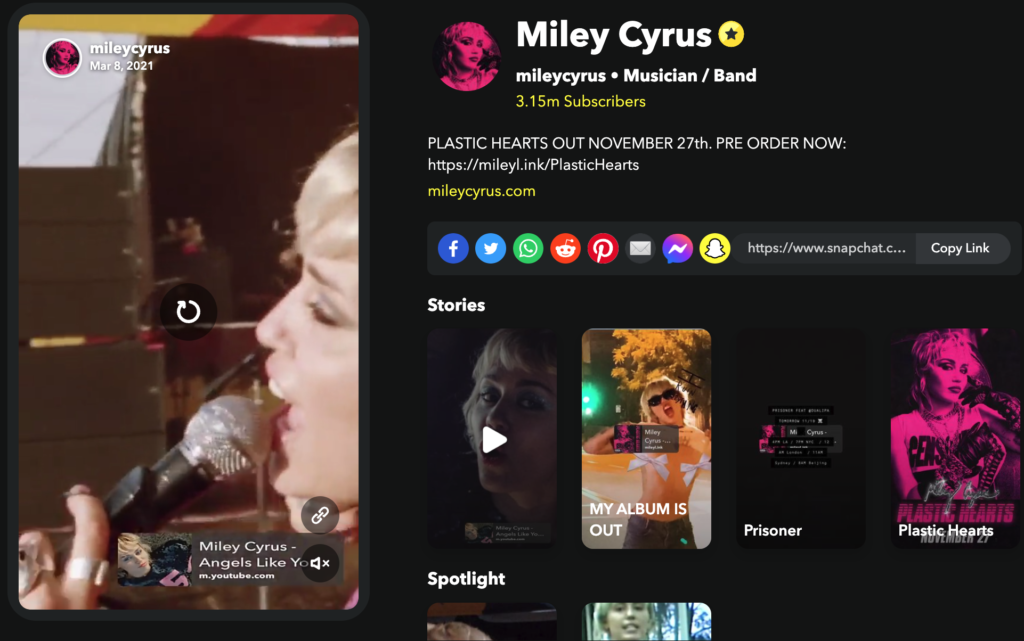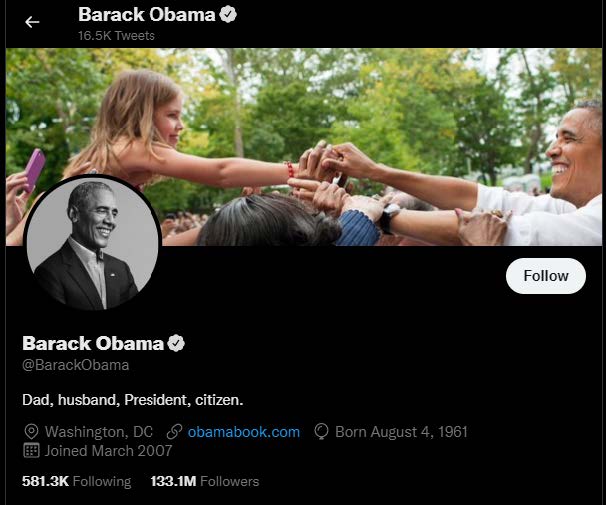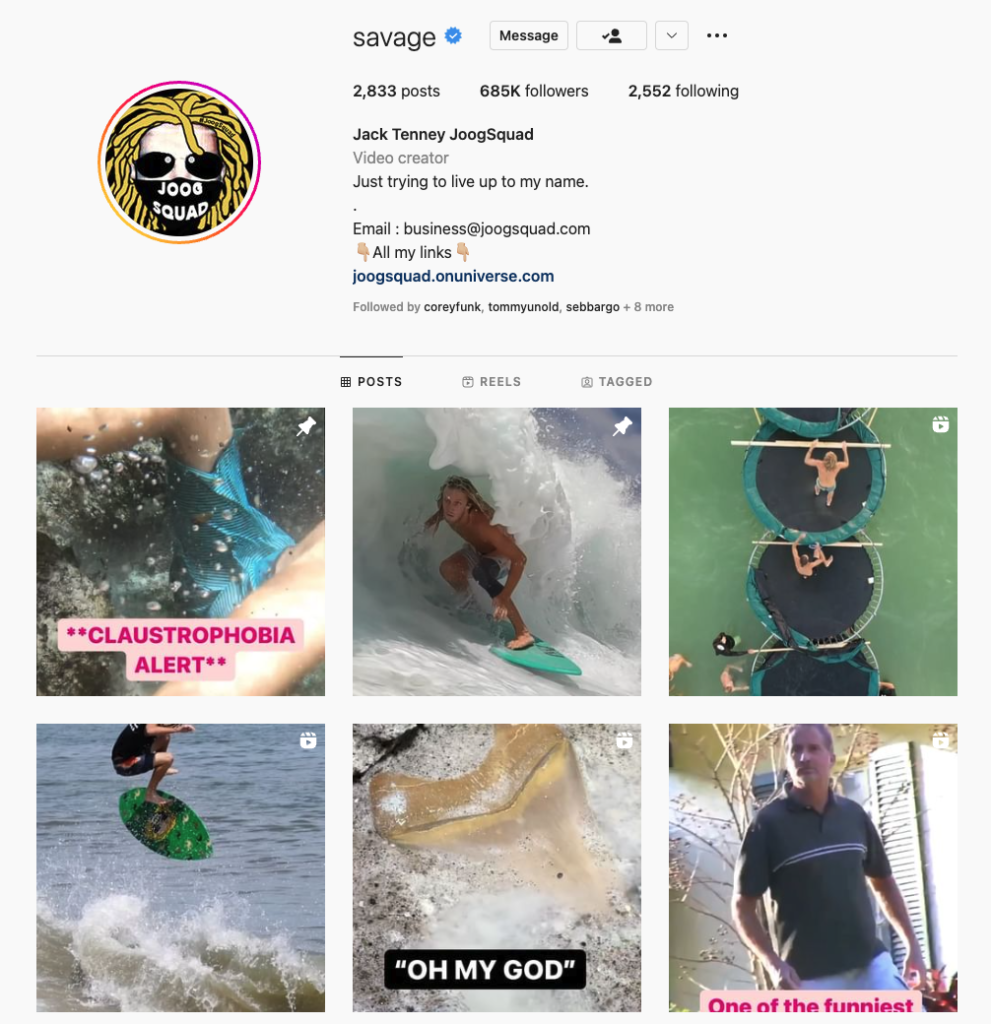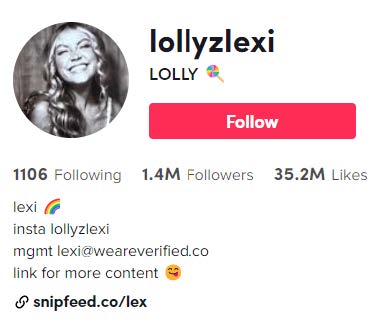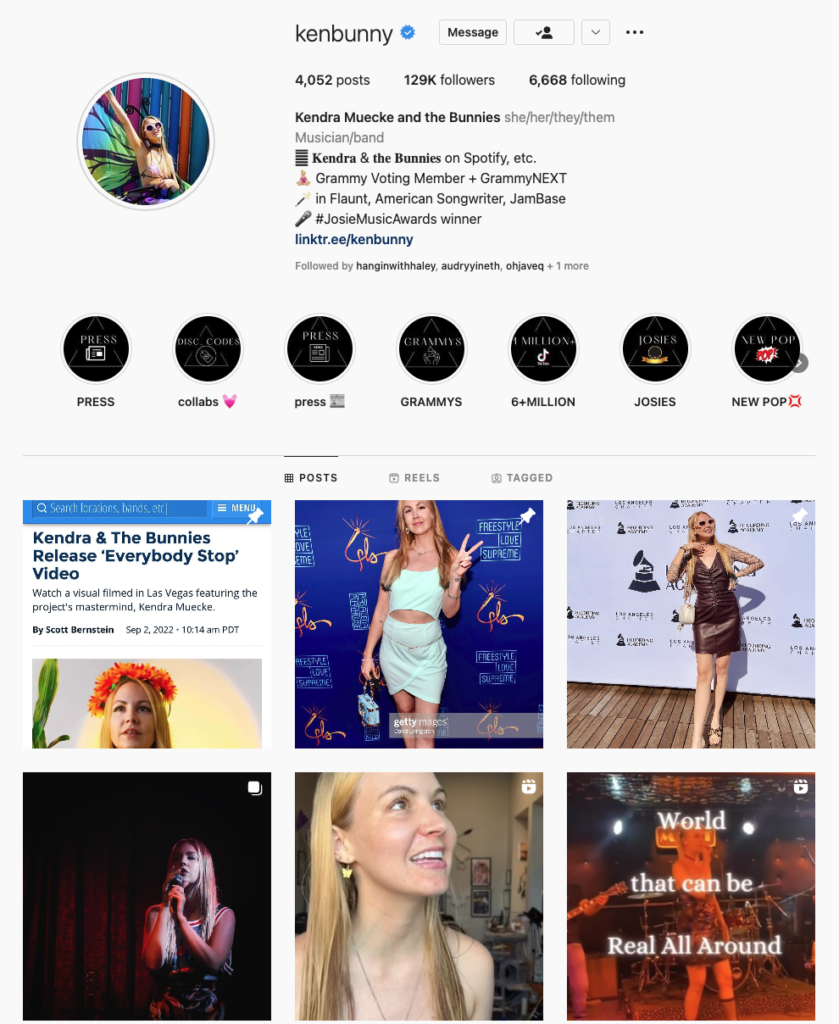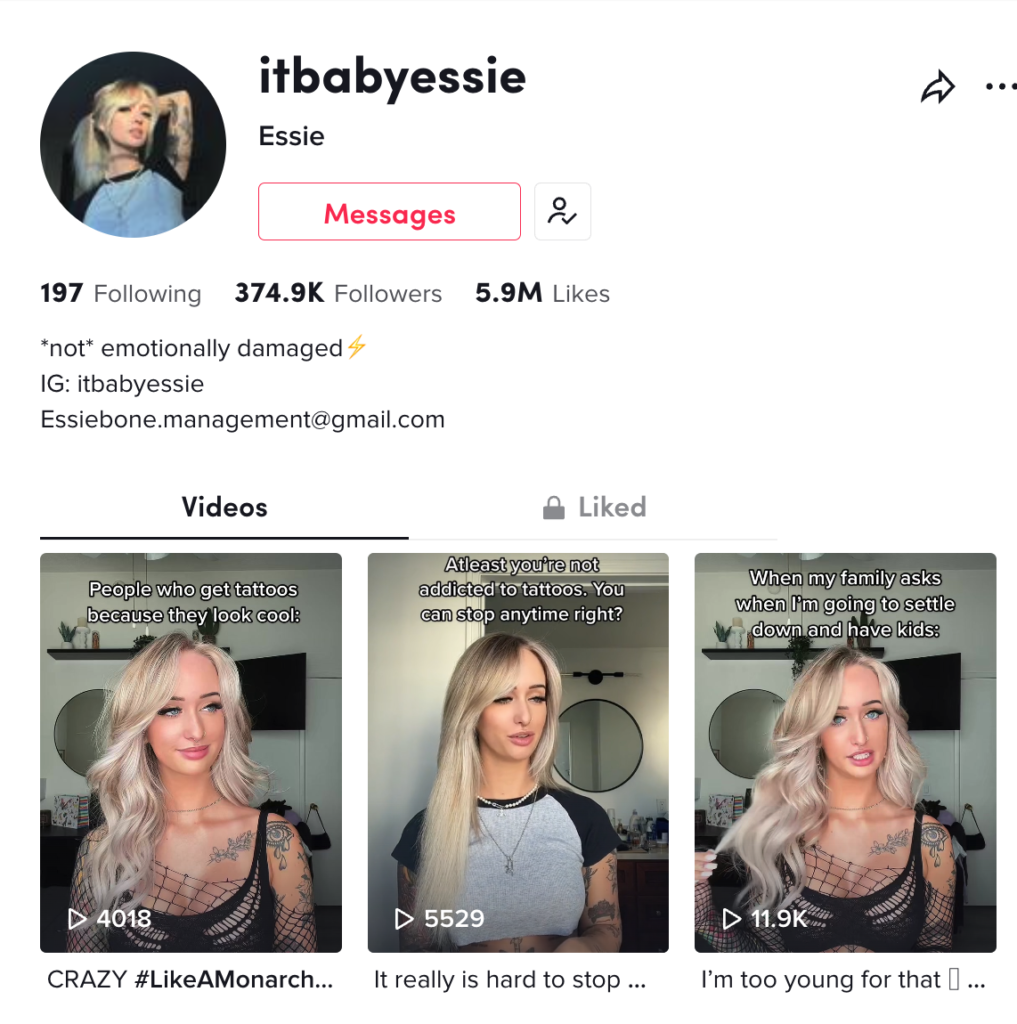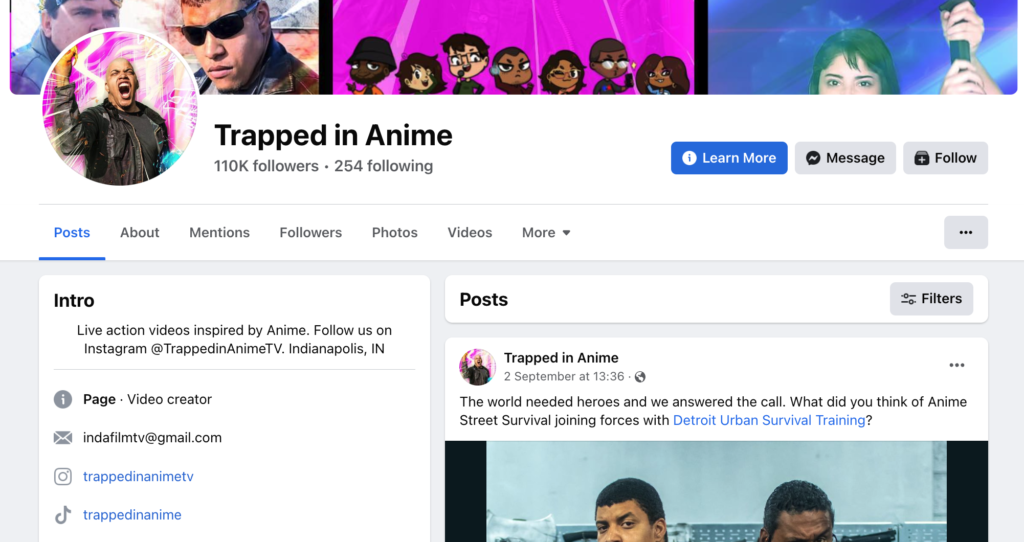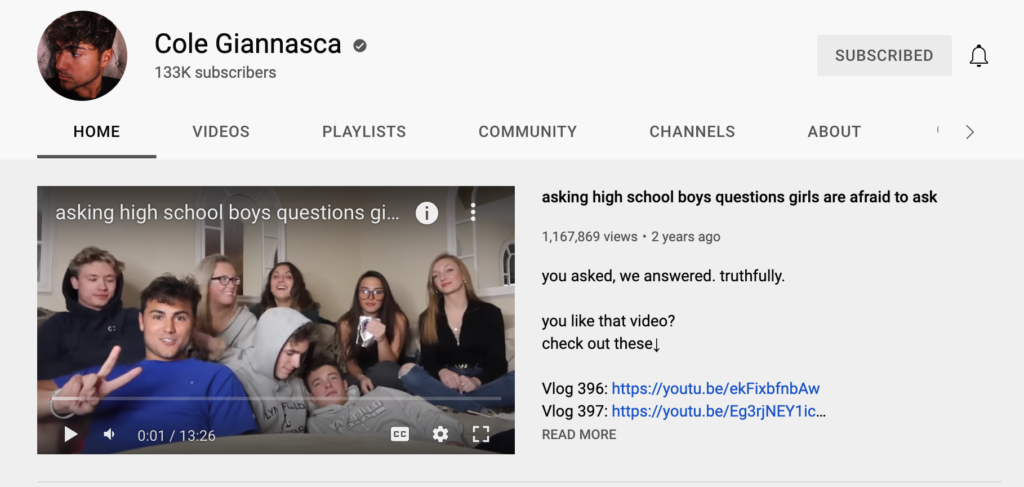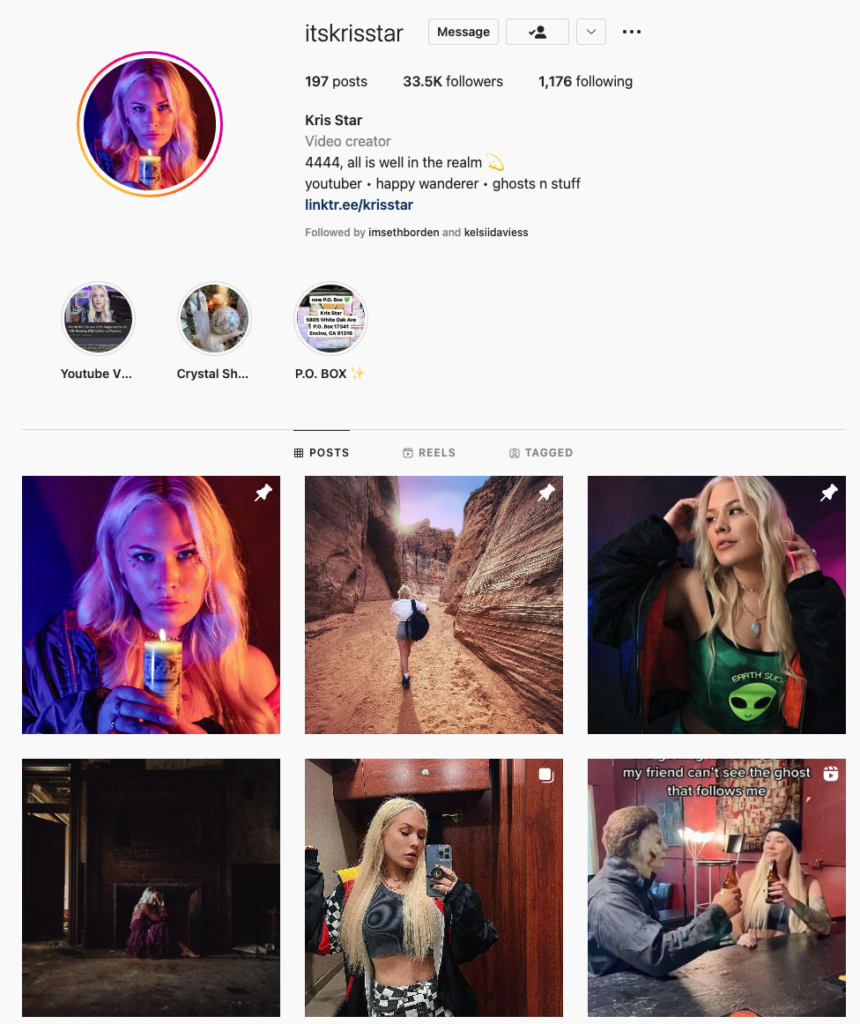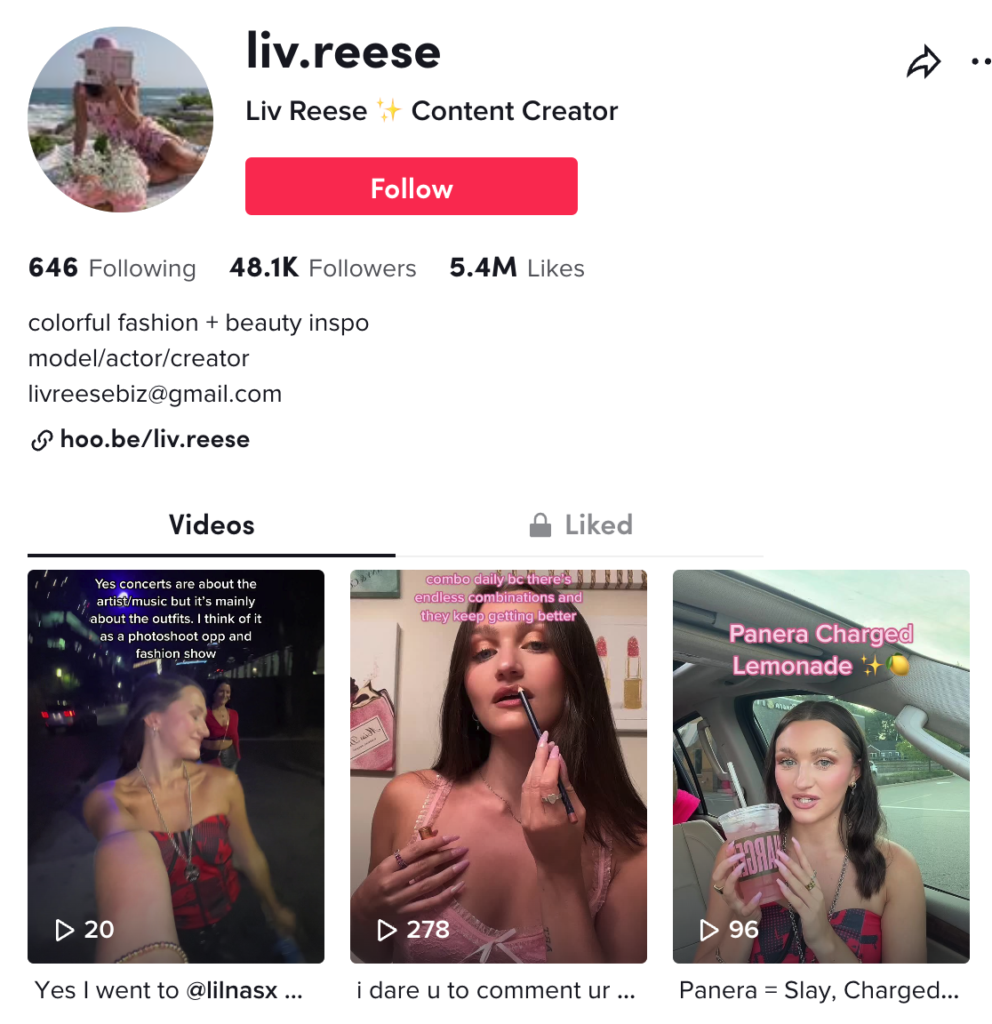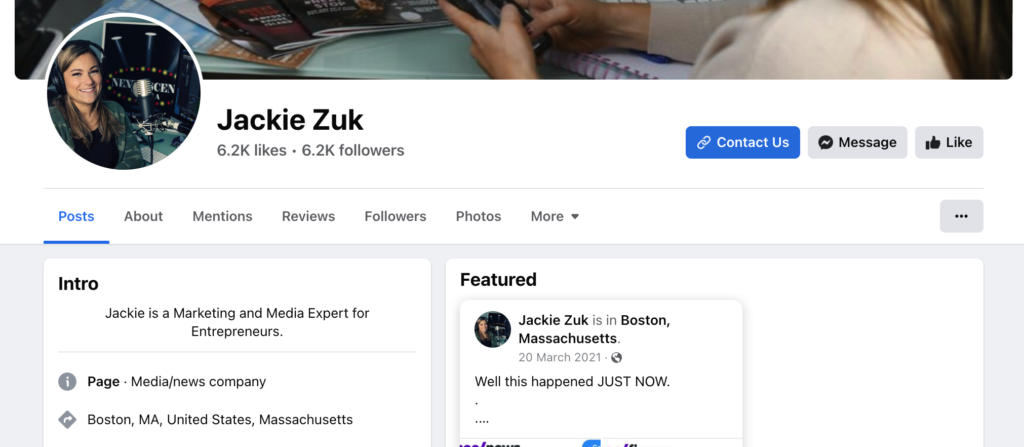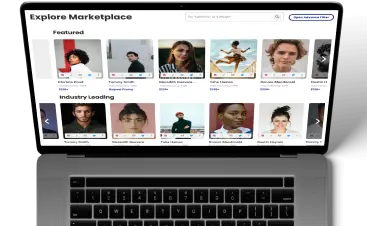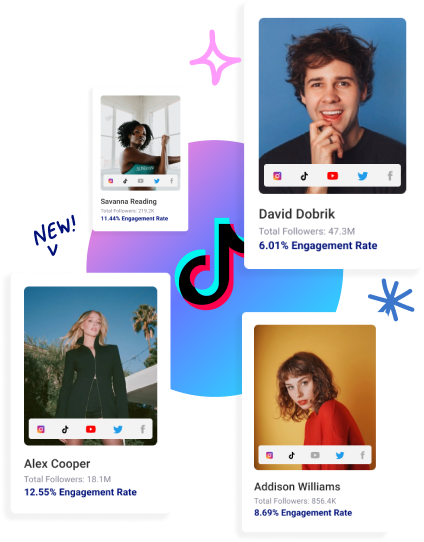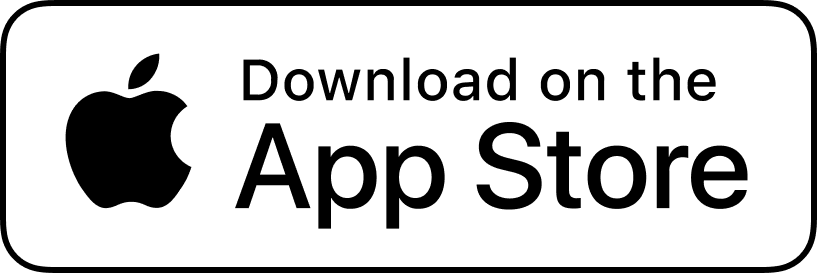What Exactly Is Influencer Marketing for Brands?
Want to jump into influencer marketing for brands but don’t know how to begin? This guide will teach you how to reach new people within your target market.
Influencer Marketing For Brands
As a brand, keeping up with the latest marketing trends is essential. One of the most popular and effective techniques right now is influencer marketing. Influencer marketing can help brands reach new audiences and build trust with current customers. But reaching the right customer base with influencer marketing can be tricky. This guide will help you get started.
One of the hottest digital marketing techniques right now is influencer marketing. And for a good reason – it works! By collaborating with key individuals who have significant influence over your target audience, you can achieve impressive results while building trust among current customers. However, if not done correctly, influencer marketing can backfire spectacularly and damage your hard-earned reputation. So how do you make sure things go off without a hitch? Check out our comprehensive guide below to help brands reach the right customer base!
What Exactly Is Influencer Marketing?
Brands that engage in influencer marketing identify and partner with people who influence their target market to promote a product or service.
Influencers are social media personalities with a large following on one or more platforms. But they can also be bloggers, journalists, or even just well-connected people in your industry.
Influencer marketing for brands success depends upon finding the right people to partner with, giving them something worth promoting and compensating them for their work. Usually, this takes the form of free products, discounts, or access to exclusive branded content. But it can also take the form of paid endorsements or mentions.
In short, influencer marketing is a form of paid marketing where companies hire people with a large social media following to promote their products. It is a form of content that should be included in the brand’s content strategy. Brands often pay these individuals to post content (written, audible or video) about their products on the influencer’s social media accounts for a fee. This is known as paid promotion.
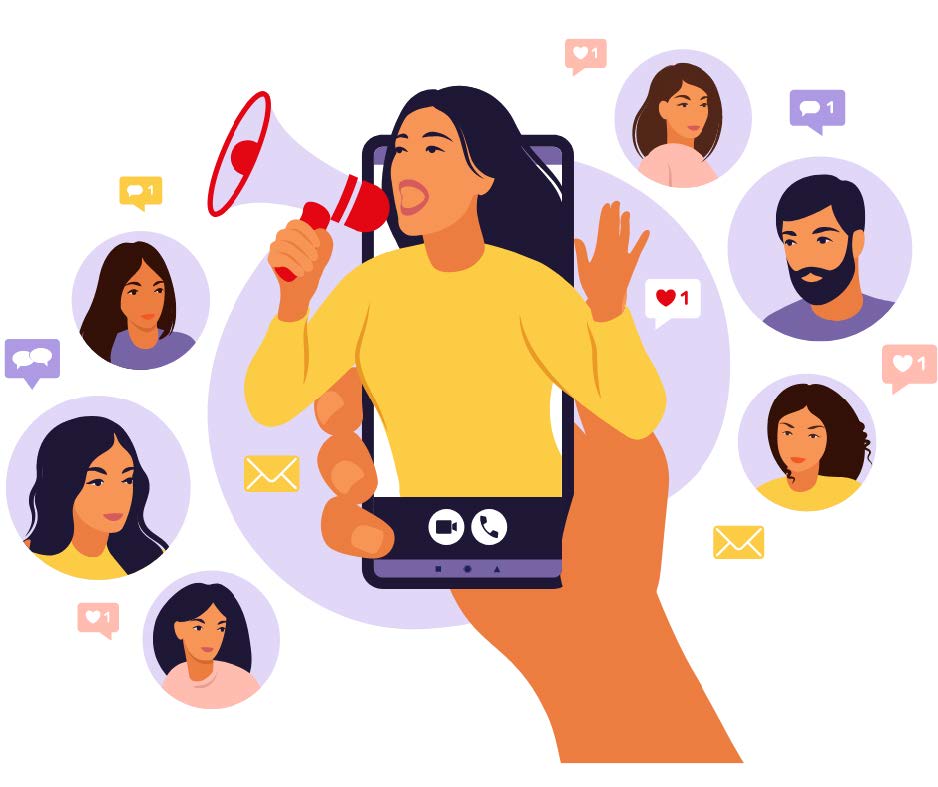
Definition of Influencer Marketing
Influencer marketing is a form of marketing in which companies identify and partner with individuals who can generate significant levels of social engagement and influence.
Influencer marketing aims to tap into the power of relationships and social networks to promote content, products or services. In many cases, influencers will receive some form of compensation for their partnership or endorsement.
The hope is that by aligning with influencers, companies will be able to reach a larger audience and ultimately drive more sales or business objectives.
What Exactly Is Influence?
Influence is the ability to affect or change the behavior of others. It can be the power of persuasion, charisma or just being a good role model. But to have influence, you first need to be able to connect with people on an emotional level. And that’s what sets excellent influencers apart from the rest – their ability to build authentic relationships with others.
There are a few reasons why influencers have influence.
First, influencers have built up trust with their followers over time. People tend to value the opinions of those they trust, which is why influencers are often successful in recommending products or services to their followers.
Second, influencers are experts in their field. They know what they’re talking about and can give their followers valuable insights and advice. As a result, people often look to them for advice on important topics like health, finance, and travel.
Finally, influencers are relatable and personable. They share real stories and experiences with their followers, which helps them connect with their audience on a deeper level. This connection helps create a loyal following.

Influencers or Content Creators?
There is some debate on whether to call them social media influencers or content creators. Some people call them influencers, while others call them content creators. The truth is that they are both.
Influencers are people who can sway the opinions of others. They can do this because they have a large following on social media or because they are respected in their field. Content creators are people who create content to entertain or inform others. They may not have a large following on social media, but many people still see their content.
So, in short, influencers are content creators, but not all content creators are influencers.
Why Do Influencers Matter to Brands?
As someone who’s worked in the social media and marketing industry for years, I can attest to the fact that influencers matter. And here’s why:
Everywhere we go, we are bombarded with brands trying to sell us something. In fact, we’re estimated to see around 5,000 ads per day. That’s a lot of noise vying for our attention! Because of this constant advertising barrage, people have developed “banner blindness,” which means that we tune out most ads because we just don’t have the bandwidth to pay attention to them.
Enter influencers. Influencers are people whose opinions and recommendations carry weight with us because we trust them. We follow them for many reasons, but often because we share interests, or we value their expertise or we simply find them entertaining.
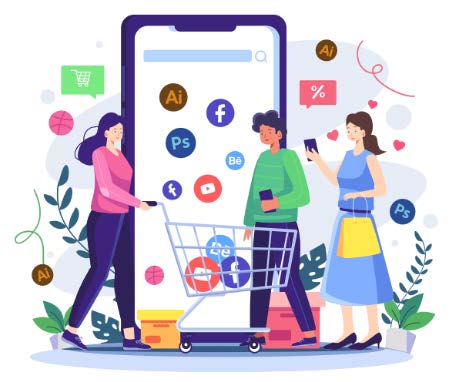
Why Brands Use Influencer Marketing
-
New Audiences:
First and foremost, it’s a highly effective way to reach new audiences within a brand’s target audience. Influencers have built-in audiences that trust their recommendations. When an influencer recommends a product or brand, their followers are more likely to check it out.
-
Large Followings:
Influencers often have large social media followings and can help promote a brand’s products or services to their followers.
-
Audiences Trust Them:
Influencers can also help build brand awareness and reputation. Influencers’ opinions and endorsements can carry a lot of weight with their followers, translating into more sales and better brand recognition for the company.
-
Cost Effective:
Working with influencers can be a cost-effective marketing tool. It can be less expensive to work with influencers than to engage in traditional advertising such as television or print ads.
When Did Influencer Marketing Start?
The history of the modern influencer began in the 1930s – but really the first people to become influencers were probably those who had something new or different to say that others found interesting or useful. In other words, they were thought leaders in their field or niche. With the advent of social media, anyone can now have a platform to share their thoughts and ideas. Living in such a media-based world has made it easier for people to become influencers; all they need is a following of interested individuals. However, it’s still not easy to build up a following that is large enough to make a real impact as an influencer. Many factors come into play, such as having something original and interesting to say and being active on social media. Of course, luck plays a small role as well.
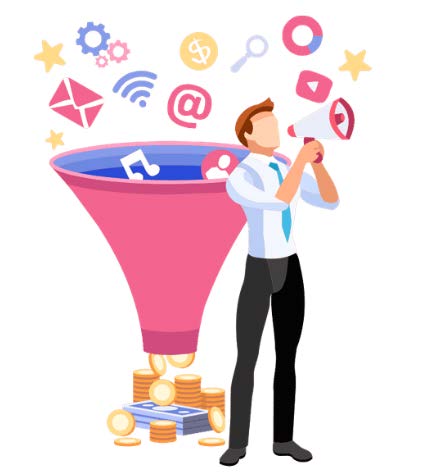
How Did Influencer Marketing Grow So Fast?
There are a few reasons influencer marketing has grown so fast. First, people have become more aware of the power of persuasion. We’ve all heard the saying, “People buy from people they know, like and trust.” And that is what influencer marketing is all about. It’s a way to connect with potential customers through people they already trust.
Social media has made it easy for influencers to reach their target audience. In the past, if you wanted to reach a specific demographic, you would have had to purchase advertising in newspapers or magazines that reached that demographic. But now, thanks to social media platforms like Facebook and Instagram, anyone with a following can target their audience with laser precision.
Covid helped influencer marketing become more powerful. The pandemic was (and continues to be) a tough time for businesses. However, many successful brands who survived all have one thing in common: influencer marketing. During the pandemic, businesses used influencers in new and different ways. Some have used them to promote discounts and special offers, others to drive traffic to their online stores, and others to raise awareness about their brand or product.
There are a few reasons why influencer marketing proved to be successful during the pandemic. First, people spent more time online due to quarantining and social distancing measures. This meant they were exposed to more content, both from offline and online channels. Brands that relied on traditional marketing quickly realized that it wouldn’t work as well in a pandemic-ridden world. That’s where influencers came in. Influencers already had built-in audiences engaged with their content and trusted their advice. And because of the increased time people spend online, influencers could reach even more people. Plus, potential customers are already interested in the topics influencers write about, so they are more likely to be open to hearing about new products and services.
What Type of Brands Use Influencer Marketing?
Brands that want to seem more down-to-earth and relatable often use influencers to promote their products. For example, brands that sell high-end clothing or luxury cars often use celebrities as their brand ambassadors. On the other hand, brands that make consumer goods like toothpaste or laundry detergent often use everyday people as their brand ambassadors. This is because these brands want to seem more like mom-and-pop businesses rather than faceless corporations.
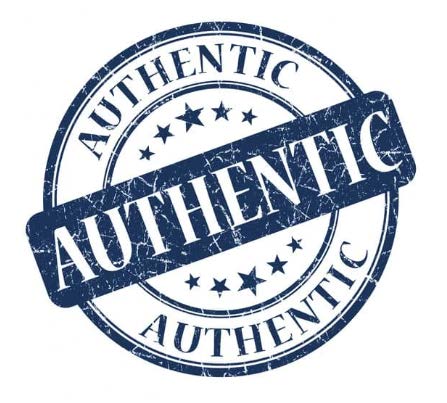
Why Is Authenticity So Important to Influencer Marketing?
Why is authenticity so important to influencer marketing? Because people are increasingly savvy and discerning when it comes to advertising, they can spot inauthenticity a mile away. Therefore, for an influencer’s endorsement to be effective, it must be authentic. The influencer must genuinely believe in the product or service they’re promoting without hard selling it.
Influencers are usually very selective about the brands and products they promote. They must also be genuinely interested in the topics they write about because they care about their followers. Influencers can attract such large followings because they are transparent and honest with their audience, which builds trust over time.
Authenticity is critical when it comes to building an online presence. If people see that an influencer is just trying to sell them something, they’ll eventually tune out the influencer. But if content is genuine and authentic, people will be more likely to trust what the influencer has to say and become loyal followers.
What Is User-Generated Content, and Why Is It Important to Brands?
User-generated content (UGC) is any content that is created by users, as opposed to brands or businesses. UGC can take many different forms, including blog posts, videos, photos and social media posts.
There are a few reasons why UGC is so important to brands. First, UGC is often considered more authentic and trustworthy than content created by brands themselves. Time and again, research proves that consumers are more likely to believe what other consumers have to say about a product or service than they are to believe what a brand has to say.
Second, UGC can help brands reach new audiences. For example, when users share their own content about a brand on their social media channels or on other websites, it can help expose the brand to new potential audiences.
In essence, the UGC creator becomes an unpaid influencer for the brand. This type of influencer is perhaps the most authentic and believable of all.
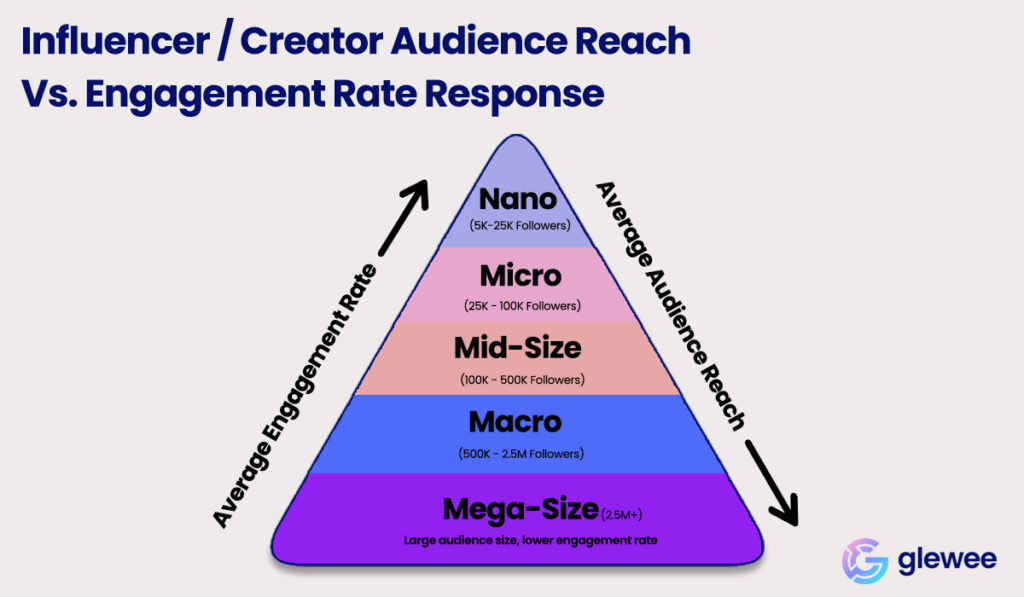
Defining The Different Types Of Influencers
Nano Influencer –
An influencer is classified as a mega macro influencer when their following surpasses 1M. This is the highest-ranking social media influencer category. Oftentimes, mega macro influencers are also considered celebrity influencers. They have built up this following by sharing their thoughts and experiences on social media, often in an authentic and relatable way.
Due to their large following, celebrity influencers can generate a lot of engagement with their posts — a powerful tool for brands looking to reach new audiences. By partnering with a celebrity influencer, a brand can tap into that influencer’s followers and expose them to its product or service.
Examples of Mega Macro Influencers include:
- Bella Hadid – 54.3M + Instagram followers
- Addison Rae – 88M + TikTok followers
- Will Smith – 111M + Facebook followers
- MrBeast – 104M + YouTube subscribers
- Miley Cyrus – 3.15M + Snapchat subscribers
- Former U.S. President Barrack Obama – 133.1M + Twitter followers
- Bill Gates – 35.8M + LinkedIn followers
Macro Influencer –
Typically a macro influencer has a follower count/audience reach of 500k -1M. They frequently post about their interests and often work with brands to promote products or services. Macro influencers typically have higher engagement rates than other types of influencers due to their more significant number of followers, making them very valuable to brands looking to connect with new audiences.
Examples of Macro Influencers include:
- Jack Tenney 686K+ Instagram followers (member of the Glewee community)
- Lexi Paloma 1.4M+ TikTok followers (member of the Glewee community)
- Josie Stevens 1M+ Facebook followers (member of the Glewee community)
- Jordan Orme 602K+ YouTube follower (member of the Glewee community)
- Caryn Marjorie 672K + Snapchat followers
- Alexis Ohanian – 565K+ Twitter followers
- Ryan Holmes – 1.7M + LinkedIn followers
Mid-Tier Influencers –
Mid-tier influencers are people with 50k -500k social media followers. They are not as well-known as celebrities or top-tier influencers, but they have a decent following and enough clout to be able to influence their followers’ purchasing decisions.
Mid-tier influencers are often more affordable than celebrities or top-tier influencers, and they can be a great option for brands that want to reach a large audience without spending too much money. However, it’s important to remember that not all mid-tier influencers are created equal – some have more engaged audiences than others. So it’s important to do your research before selecting an influencer to work with.
Examples of Mid-tier Influencers include:
- Kendra Muecke – 129K+ Instagram followers (member of the Glewee community)
- Essie Bone – 371K + TikTok followers (member of the Glewee community)
- David Jewell – 75K + Facebook followers (member of the Glewee community)
- Cole Giannasca – 133K + YouTube subscribers (member of the Glewee community)
- Bryant Eslava – 250K to 450K + Snapchat filter users & subscribers
- Lil Sasquatch – 450K + Twitter followers
- Greg McKeown – 443K+ LinkedIn followers
Micro-Influencers –
Micro-influencers are social media users with a relatively small but engaged following. Micro-influencers generally have between 1k – 50k people who follow them. Their content tends to be more personal and relatable than that of more significant influencers.
Micro-influencers can be extremely valuable to businesses and brands as they help promote products or services to a more niche uniquely targeted audience. Research has proven that their smaller social media followings tend to be more engaged (likes, comments and shares), oftentimes resulting in higher conversion rates.
Many influencer marketing campaigns use micro influencers. In a Buffer blog post, Why Micro-Influencers May Be the Most Effective Influencer Marketing Strategy, they state, “The latest data shows that micro-influencers, influencers with 10,000 or fewer followers, are getting the best results for brands and businesses. More engagement, more clicks, and lower ROI.”
Examples of micro influencers include:
- Kris Star – 33.4K + Instagram followers (member of the Glewee community)
- Liv Reese – 47.8K + TikTok followers (member of the Glewee community)
- Jackie Zuk – 6.2K + Facebook followers (member of the Glewee community)
- Paige Buening – 1.22K + YouTube followers (member of the Glewee community)
- Gigi Robinson – 50 + Snapchat followers (member of the Glewee community)
- Jawn Legend – 53K + Twitter followers
- JT Barnett – 15K+ + LinkedIn followers
Nano Influencers –
A nano influencer has a following of between 1,000 to 10,000 people on social media. Their followers often trust them because they have built a personal connection with them. As a result, they can be quite effective at promoting brands or products to their audience.
Nano influencers are often more affordable to work with than more significant influencers. They can also be more responsive to feedback. This means that sometimes brands can get better results by working with a smaller number of nano influencers than by working with a large number of mid-level or top-level influencers.

What Social Media Platform Do Influencers Use the Most?
The exact number of social media profiles influencers have varies however many influencers own several accounts on various channels. They may have a profile on Facebook, Twitter, Instagram, TikTok, Snapchat and YouTube, for example. Some also have profiles on other platforms such as Vine, Reddit, Tumblr and LinkedIn.
Many social media influencers create and manage multiple accounts to expand their reach and build their brand. They want to be as visible as possible to their target audience so they can connect with them and build a relationship. Additionally, having multiple accounts gives them more opportunities to share content that is relevant to their followers and that will resonate with them.
However, because social media is a platform for communication, it is important that the content be relevant to the platform’s audience. To build trust with the audience, it is necessary to provide content that is of interest and value. Additionally, to create relationships with followers and maximize reach, it is important to post content that is aligned with the values of the social media platform. For example, on Twitter, where users are looking for real-time news and information, much of the content should be focused on current events. Whereas on Instagram, which is a more visual platform, users are likely to respond better to images and videos that are creative and inspiring.
Popular Social Media Platforms for Influencers and Content Creators
- Instagram is the most popular platform on social media for influencers. It has over 1.5B monthly users and is growing rapidly. In addition, it is one of the top social media platforms for content creators.
- TikTok is a social media app where users can create and share short videos with others on the app. It has over 1B monthly users It’s become popular GenZers in recent years to share funny, creative or otherwise interesting videos.
- YouTube is another great platform for influencer marketing, racking up more than one billion unique visitors per month. It has 2.6B monthly visitors.
- Twitter is the perfect social media platform to share short messages or links. It has nearly 396M monthly active users.
- Snapchat is an app where people send photos and videos that disappear after they’re viewed. Snapchat has 347M monthly users.
- LinkedIn is a business-oriented social networking platform. It has 310M monthly users. It is mainly used for professional networking, including employers posting jobs and job seekers.
When it comes to brands selecting influencers based on their follower counts, minimums vary by each social media platform. Sprout Social recently benchmarked the social media follower counts that creators need to appeal to brands.
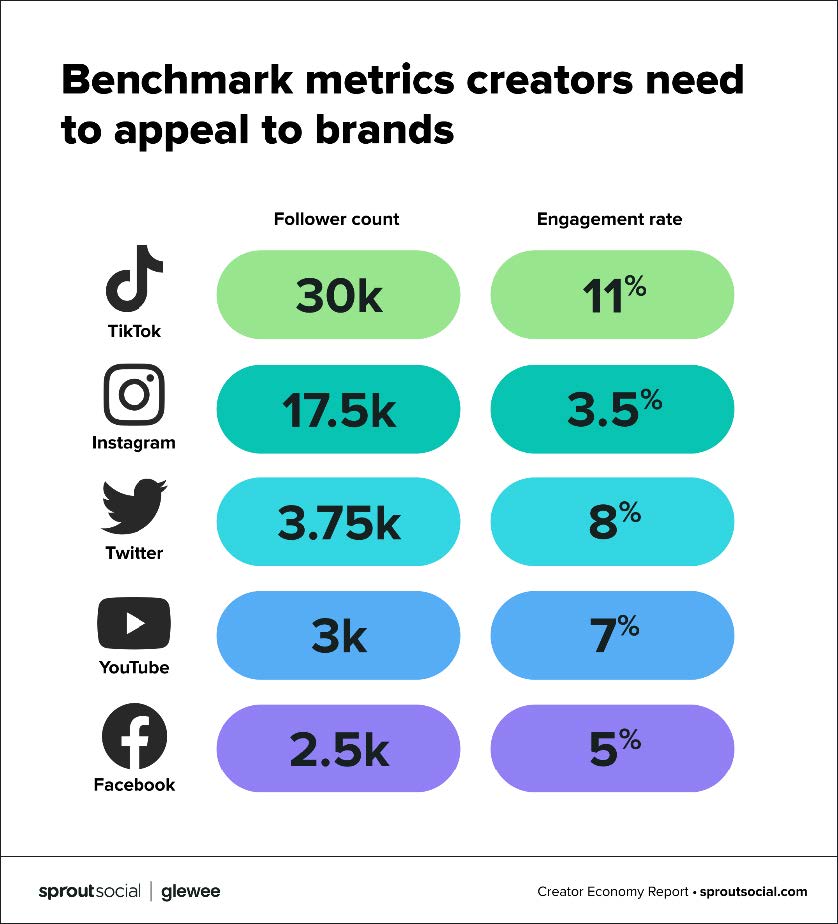
Considerations for Influencer Marketing Campaigns
Before you engage an influencer to work on your campaign, there are some things you need to consider.
First, you need to decide what your overall campaign objectives are and how influencer marketing will integrate with the rest of the campaign tactics. Integration is key because you will not generally run a campaign through influencers alone. You may also deliver messages through ads or experiential marketing. If so, your campaign will be stronger if you find ways for these tactics to overlap.
For example, perhaps you are introducing a new tech product at next year’s Consumer Electronics Show. When you hire influencers, you might want to find a few who can make appearances at the show.
Also, of critical importance is your brand voice when working with influencers. You will need to be clear about how your campaign messages are delivered in order to choose an influencer whose own brand fits with yours.
The bottom line is clarity and a little advance planning so you can hire a team of influencers that are most likely to make your campaign a success.
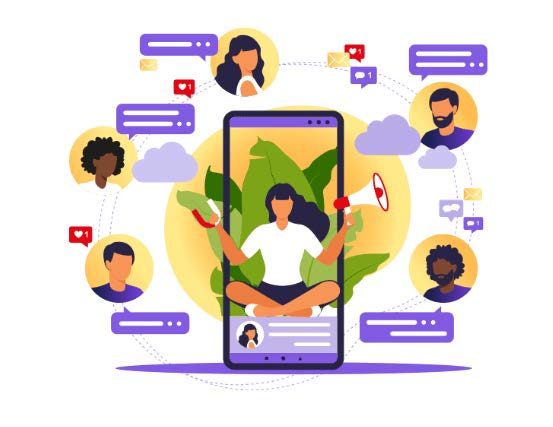
Identify the Metrics in Advance That You Will Get from Influencers
Once you set objectives that can be measured and tracked, you will need to monitor the available metrics throughout the influencer marketing campaign..
Here are the common metrics you will see on an influencer’s report:
- Awareness – Brands can monitor and measure the influencer’s post’s reach or views
- Consideration – Brands can monitor and measure the influencer’s posts click thru rate, votes, content views, brand strategy or comments
- Preference – Brands can monitor and measure the influencer’s posts share rate, likes/follows or data capture.
- Purchase – Brands can monitor and measure the influencer’s posts click through rate to e-commerce, conversions to sale, coupon codes or tracking codes.
- Loyalty – Brands can monitor and measure the influencer’s post’s share rate or referrals
Setting Your Influencer Budget
Before you start searching for the right team, consider your budget for influencers. Clearly, you will want to generate a positive return on investment (ROI) with your campaign. But is this enough? Perhaps you need to surpass a previously set benchmark, say, 10% or 20%. You may also need to fine tune the budget you spend on other marketing tactics to include influencers.
How to Choose the Right Influencer for Your Brand
In a world where social media is king, ensuring you’re working with the right influencers is more important than ever. However, with so many options immediately available, how does one choose? Here are a few tips on how to pick an influencer that’s a good fit for your brand.
Most marketers can construct campaigns with their eyes closed. But when a new tactic like influencers is introduced in the marketing mix, it is worth your while to create a clear campaign brief that includes target audience/s, key messages, brand or product line voice and brand personality. This brief will help you avoid selecting influencers that look flashy and fun, but don’t fit well with your brand, which is definitely a rookie mistake but one that is easy to fall victim to.
Identify Your Target Audience
Most brands are clear on their target audiences, but when you want to include influencers in your campaign tactics, it is worthwhile to force yourself to be extra clear. A target audience might be as small as the people who live within a three-mile radius of a specific location or as large as all teenage girls between the ages of fifteen and nineteen who live in the United States and love makeup. Get this right and you will be well on your way to selecting the right influencers for your campaign.
Identify Which Types of Influencers You Want to Work for You
Influencer marketing is all about finding people who already influence your target audience. Successful influencers typically have a large social media following, a high level of engagement on social media platforms or a solid online presence. Once you identify these influencers, you can use them to promote your brand.
The most prevalent factors to look for in your influencer search include:
- Fee Structure
- Follower count
- Brand affinity (personality, voice)
- Engagement
- Platform level performance
Devote Time to Research Your Influencer Prospects
Next, it’s time to do your research. When you identify an influencer you think might be a good fit, take some time to check out the influencer’s content and see if it aligns with your brand.
Influencer’s Fee Structure
The fee structure for influencers is highly individual and depends on the content creator in question. For example, some content creators charge a few hundred dollars. In contrast, others may demand thousands or even hundreds of thousands, depending on the influencer’s follower count and engagement rate with followers (which can vary greatly).
Platforms also play an essential role: something that works well across multiple platforms might not work as well when catering only to one specific community, such as Instagram users who prefer Snapchat stories over regular posts.
For example, a Los Angeles-based TikTok beauty content creator with 100,000 followers who creates a 60-second original video will most likely charge more than a Facebook event influencer with the same number of followers. That’s because the 100k follower influencer probably has a higher engagement rate due to their platform (TikTok) and the time it takes to create original content and their niche.
So, how much does an influencer charge? It depends!
How to Determine an Influencer’s Engagement Rate
Another critical factor to consider is the influencer’s engagement rate. Sometimes, brands are tempted to go for the big shots with the verified pages of millions of followers. But that is not always the whole story. The trick is not only to look at the influencer’s total follower count but also to look at the influencer’s engagement rate.
To find an influencer’s engagement rate, break it down using the equation below:
Divide the number of followers by the average number of engagements (likes, comments and shares, typically). This calculation will result in the influencer’s engagement rate. For example, if the influencer has 100,000 followers and they receive 1,000 engagements on each photo, the calculation looks like this: 100,000 followers / 1,000 engagements = 1% engagement rate.
Though the industry standard numbers are low, don’t let them deter you. The average engagement rate of influencers is from 3.5% to 6.0%. Anything below this rate often shows signs that the user is not engaged with their followers, which should be a red flag when searching for influencers. However, anything above the threshold should be a step in the right direction. This clearly indicates that the influencer’s fan base and following are highly engaged, meaning they actually take notice of the influencer’s messages.
The last thing you want is to partner with an influencer with a large following but very little engagement from their followers.
The Influencers’ Relevance
Influencer marketing can be an incredibly effective campaign element. Still, it’s important not just to take the word of influencers. Look at who is commenting on their posts and see if they seem like potential customers or fans before investing time in building campaigns with an influencer. Remember, the more relevant influencers are to your industry and brand, the more their voice will stick with followers who can then become fans or supporters of yours.
Identify Influencers Who Align with Your Brand
The next step in creating a focused influencer marketing plan is identifying which influencers align with your brand. You want to find people who already have a large social media following and who share similar values to your company. Once you identify those influencers, you can then determine what type of content they will need to post. For example, if you sell pet products, you might choose dog owners and bloggers who focus on dogs. Or, suppose you sell beauty products. You could target makeup artists and beauty vloggers. Once you identify potential influencers, you should research them to see if they fit your target audience. If they do, then you can move forward with developing a relationship with them.
An Influencer’s Responsiveness
When you think about working with one influencer over another, compare each of their responsesto your questions. It’s good practice to ask influencers for their available data. Typical analytics include their story views, share count and reposts numbers, which are easily accessed on their Instagram business account, TikTok business account, Twitter analytics page and YouTube Analytics tab.
Influencer Strategy Is Long-Term
Finally, think long-term when choosing an influencer, not just for this year’s marketing plan. It’s a must to find an influencer who is a good fit for your brand now and in the future. After all, you want this to be a partnership that lasts. By taking the time to find the right influencer from the start, you can avoid headaches down the road. Brands need to take their time choosing influencers as the right influencer is essential to making the most of your influencer marketing campaign.
Influencer Marketing Software/Influencer Marketing Platforms
Influencer marketing platforms help connect brands with social media personalities who can promote their products or services. In addition, these platforms help brands carry out their influencer marketing strategies and marketing tactics.
There are two different kinds of influencer marketing platforms:
- Platforms that are simply a searchable database of influencers
- All-in-one platforms like Glewee that connects brands and influencers as well as provides tools and analytics to measure the effectiveness of each campaign
Glewee is the easiest and fastest all-in-one influencer marketing network available. Glewee solves many of the tasks historically associated with influencer marketing for brands and creators. All campaign communications, including influencer discovery and selection, campaign workflows, content approvals, payments, contractual agreements, tax forms and in-depth data reporting and analytics, are provided and created within the Glewee interface.
Each platform has unique features and offers, so selecting one that aligns with your brand’s specific needs and goals is crucial.
Influencer Marketing Challenges
The biggest challenge brands face with influencer marketing is the need for real-time implementation and connection with influencers who represent particular target audiences.
This means not only being able to identify the type of content that aligns best with a brand but also optimizing it for specific social media platforms. This can be anything from understanding how to make a short-form video of 15 seconds or less to creating unique creative content with subtitles and trending hashtags.
Even brands that have put enthusiastic, expert influencer marketers on staff must partner with influencer marketing platforms like Glewee to find and connect with niche content creators. Glewee is the most cost-effective way for brands to connect with influencers to reach the right target audiences.
There are many ways to market to your target market/s, but one particularly effective method is influencer marketing. Finding social media influencers who align with a particular brand and have an engaged following helps brands reach target audience, both large and small, much more effectively. These influencers and creators can become brand ambassadors and incorporate the brand into the social media marketing content they post for their followers. When doing so, the influencer’s followers can see the brand organically and authentically instead of in an ad that users have become accustomed to rapidly scrolling past. With hundreds of millions of users scrolling through social media each day, stopping the scroll and grabbing prospective customers’ attention on social media allows you to gain real-time traction through digital marketing. When done correctly, influencer marketing can be an effective way to connect with potential customers and build relationships.
If you’re interested in growing your brand using social media influencers, you should sign up for Glewee, the #1 platform that connects brands and pre-vetted creators to create campaigns of any size, budget, and scope.

